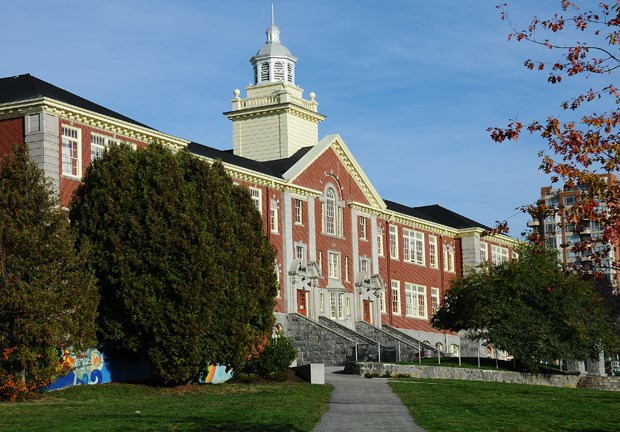Enrolment in the North Vancouver School District is growing - despite earlier projections that the number of students would decline this year.
“Our school district has increased in size,” superintendent Mark Pearmain told school trustees at their public board meeting Nov. 19.
Enrolment this year is 15,317 students, up 192 students from last year and up even more from the number staff had anticipated this year.
That’s good news for the school district, said Pearmain, because ministry funding is based on the number of students enrolled.
Much of the increase is in elementary school enrolment, Pearmain, particularly in the primary grades.
There are also some increases in high school enrolment, although “we still have larger numbers of our Grade 12s leaving than Grade 8s coming in,” he said.
As in past years, the increase is concentrated in the central area of the school district, in schools including Brooksbank, Queen Mary, Queensbury and Ridgeway.
Trustees and other local politicians are pressuring the Ministry of Education to approve funding to build a new school on the site of the former Cloverley Elementary in the area, to relieve some of that enrolment pressure, but that has not happened yet.
Other areas of the school district are also beginning to grow, said Pearmain. Young families are moving into townhouses in the Lynnmour area, he said.
Numbers of English language learner students are up this year too – to 1,023 from 959 last year.
There are also more Indigenous students this year – likely not because actual numbers are changing but because more students are self-identifying as Indigenous, said Pearmain.
The increase in enrolment has resulted in more classes being created and more teachers being hired. This year there are 944 full-time equivalent teachers in the school district compared to 922 last year.
Average class sizes are hovering around 18 for kindergarten students, 21 for primary classes, 25 for intermediates and 24 for secondary classes.
Over 50 per cent of elementary school classes are “combined” or split grade classes, said Pearmain – more than double the number just three years ago. That is a result of renewed teachers’ contract language, which limits the number of special needs students that can be in any one class.
There are also some classes in the school district with over 30 students, he told trustees. Most of those are band or choir or classes where only one block is offered, he said.



